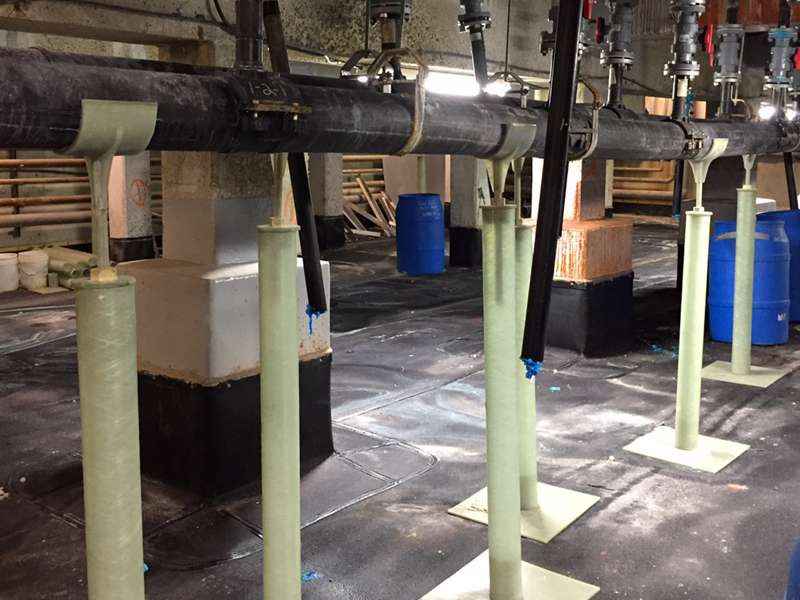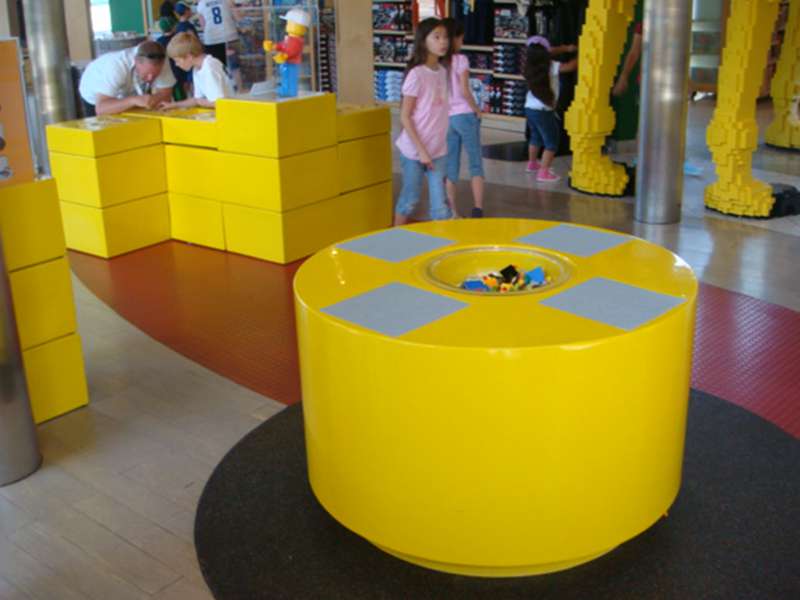Other Products: Trusted, Customizable Solutions in Stock
Field Notes on Other Products: Custom FRP That Quietly Solves Tough Problems
I’ve walked enough factory floors to know this: when metal corrodes and plastics creep, well-built fiberglass steps in. From hospital bed decks to pipe supports and desalination hardware, custom FRP is having a moment. Jrain, based at No. 1289, Yingbin South Street, Jizhou District, Hengshui, Hebei, China, has been quietly shipping tailored builds that, to be honest, are almost boring in their reliability—until you need them.

What’s trending (and why it matters)
- Lightweighting for maintenance crews—safer lifts, fewer permits.
- Corrosion resistance in brine, acids, and splash zones; offshore and chemical plants are pushing this hard.
- Hygienic skins in healthcare—antimicrobial gelcoats and easy-clean radii.
- Sustainability plays: long service life and lower repaint cycles reduce lifetime emissions.
Jrain’s Other Products span medical bed panels, pipe stands/supports, moisture collectors, playground “playing boxes,” flower pots, desalination skids, and process drums—customized by color, shape, size, pressure, and temperature. Actually, the breadth is the point: one tooling team, many use cases.
Indicative technical specifications
| Resin systems | Isophthalic polyester, vinyl ester, epoxy (selected by media, temp, cost) |
| Reinforcement | E-glass, C-glass; chopped strand mat, woven roving, stitched fabrics |
| Processes | Hand lay-up, vacuum infusion, RTM; filament winding for cylindrical parts |
| Tensile strength (ASTM D638) | ≈100–220 MPa (real-world use may vary by laminate) |
| Flexural strength (ASTM D790) | ≈150–300 MPa |
| Glass content | ≈35–55% by weight (ASTM D2584) |
| Service temperature | -40 to 110°C typical; up to ≈150°C with epoxy and post-cure |
| UV/Topcoat | Marine-grade gelcoat; optional UV blockers |

Process flow and quality gates
Materials are specified to the medium (chloride, acid, potable water), then Jrain builds tooling, laminates via hand lay-up or infusion, cures and post-cures, then machines and assembles. QA includes resin/glass verification (ASTM D2584), Barcol hardness (ASTM D2583), tensile/flexural coupons (ASTM D638/D790), water absorption (ASTM D570), and salt-spray when relevant (ASTM B117). NDT like tap testing is used on structural panels. Typical service life: ≈15–25 years in industrial duty, longer in benign environments.
Where these builds show up
- Healthcare: bed decks and headboards with cleanable radii and antimicrobial gelcoats.
- Chemical plants: pipe supports and instrument stands that shrug off acids and salt mist.
- Desalination: filter housings, moisture collectors, brine-contact skids built to ISO 14692 principles.
- Public spaces: flower pots, “playing boxes” and enclosures—color-matched to RAL.
- Logistics: lightweight drums and covers that won’t rust in yard storage.
Vendor snapshot (what you get versus the field)
| Vendor | Corrosion performance | Customization lead time | Certs & compliance | Notes |
|---|---|---|---|---|
| Jrain Other Products | Vinyl ester upgrade for harsh media; tested to ASTM B117 | ≈3–6 weeks after drawing sign-off | ISO 9001; ISO 14692 alignment; NSF/ANSI 61 optional | Direct factory; stable QC, sensible MOQs |
| Generic Importer A | Mixed—specs vary by batch | Uncertain; often elongated | Limited documentation | Price-led, higher risk |
| Metal Fabricator B | Strong but corrosion-prone | Fast for standard SKUs | Common metal codes only | Weight and repaint cycles add up |

Customization and real-world feedback
Color-matched gelcoats (RAL/NCS), embedded inserts, drainage channels, non-slip textures, grounded veils for static control—if you can sketch it, chances are they’ve laminated it. Many customers say the surprise isn’t performance; it’s the tidy fit-and-finish out of the crate.
Case 1—Coastal desalination: Pipe supports and moisture collectors swapped from painted steel to FRP. After 1,000 h salt spray (ASTM B117), gloss loss stayed under 10%, no blistering; weight dropped ≈45%. Downtime for repaint? Essentially gone.
Case 2—Hospital bed decks: Vinyl-ester skin with antimicrobial gelcoat. Cycle tested 10,000 up/down motions; no softening (Barcol within ±2). Cleaning with quats showed no discoloration.
Standards and compliance
Builds can be aligned to ISO 14692 for GRP piping components, NSF/ANSI 61 for potable-water contact, and DNV-ST-C501 guidance for structural composites. Routine mechanical tests follow ASTM D638/D790, with environmental checks per ASTM D570 and B117. It’s not flashy, but it’s the right playbook.
References:
- ASTM D638 – Standard Test Method for Tensile Properties of Plastics
- ASTM D790 – Flexural Properties of Unreinforced and Reinforced Plastics
- ASTM B117 – Salt Spray (Fog) Testing
- ISO 14692 – Petroleum and natural gas industries — GRP piping
- NSF/ANSI 61 – Drinking Water System Components
- DNV-ST-C501 – Composite components
Latest news
-
Rectangular Tank Made of Fiberglass Material – Durable, Cost-Effective Liquid Storage SolutionsNewsNov.24,2025
-
Hollow Drill Rods for Efficient Drilling Operations in the Field | Durable, Lightweight & CustomNewsNov.23,2025
-
Powerful yt27 Rock Drill for Tough Mining Surfaces | Durable & PortableNewsNov.23,2025
-
Why the Reversible Drill Bit Is a Versatile Tool for All Your Drilling NeedsNewsNov.22,2025
-
Fiberglass Food Grade Equipment: Key Features, Benefits & Global ImpactNewsNov.22,2025
-
How a Drilling Rod Spirals Down Into the Earth: Tech, Trends & Global ImpactNewsNov.21,2025










